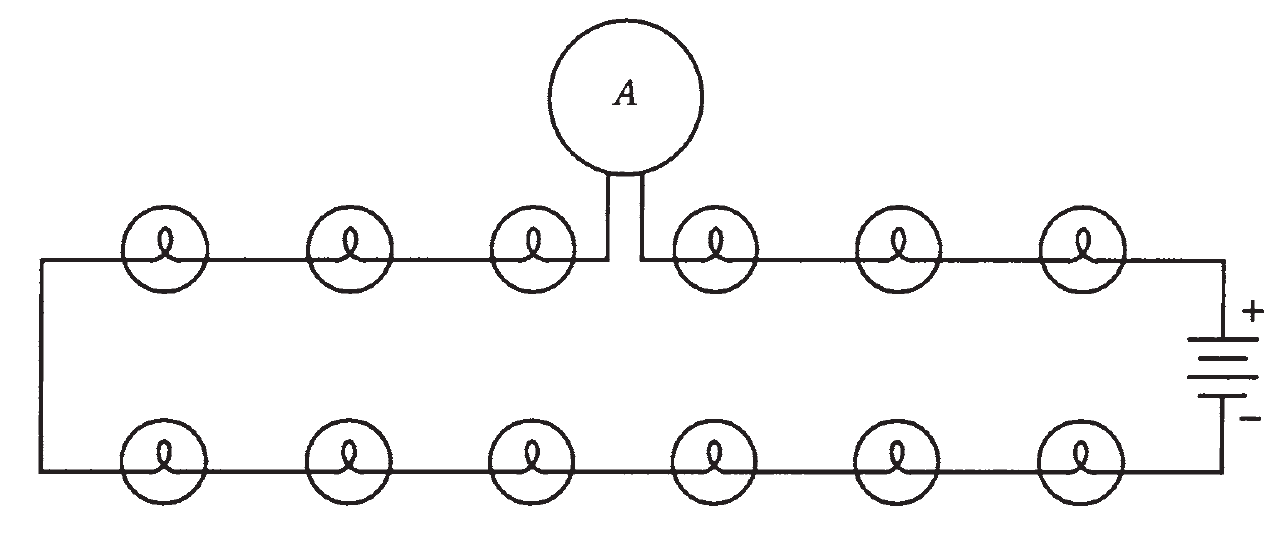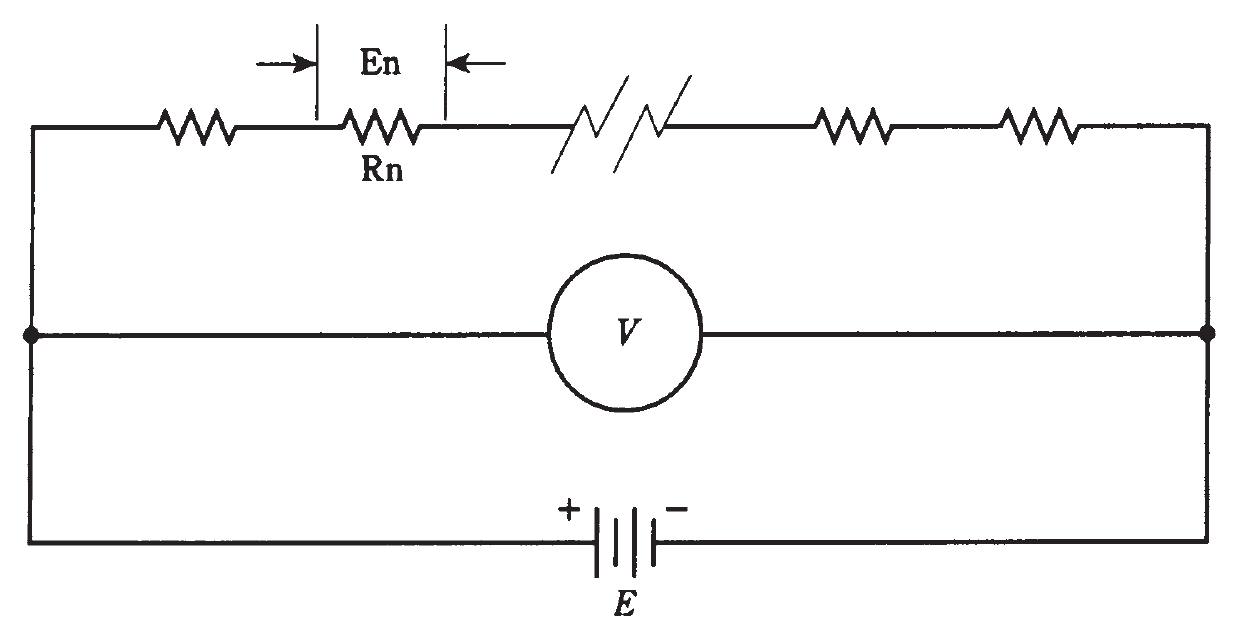
تاريخ الفيزياء

علماء الفيزياء


الفيزياء الكلاسيكية

الميكانيك

الديناميكا الحرارية


الكهربائية والمغناطيسية

الكهربائية

المغناطيسية

الكهرومغناطيسية


علم البصريات

تاريخ علم البصريات

الضوء

مواضيع عامة في علم البصريات

الصوت


الفيزياء الحديثة


النظرية النسبية

النظرية النسبية الخاصة

النظرية النسبية العامة

مواضيع عامة في النظرية النسبية

ميكانيكا الكم

الفيزياء الذرية

الفيزياء الجزيئية


الفيزياء النووية

مواضيع عامة في الفيزياء النووية

النشاط الاشعاعي


فيزياء الحالة الصلبة

الموصلات

أشباه الموصلات

العوازل

مواضيع عامة في الفيزياء الصلبة

فيزياء الجوامد


الليزر

أنواع الليزر

بعض تطبيقات الليزر

مواضيع عامة في الليزر


علم الفلك

تاريخ وعلماء علم الفلك

الثقوب السوداء


المجموعة الشمسية

الشمس

كوكب عطارد

كوكب الزهرة

كوكب الأرض

كوكب المريخ

كوكب المشتري

كوكب زحل

كوكب أورانوس

كوكب نبتون

كوكب بلوتو

القمر

كواكب ومواضيع اخرى

مواضيع عامة في علم الفلك

النجوم

البلازما

الألكترونيات

خواص المادة


الطاقة البديلة

الطاقة الشمسية

مواضيع عامة في الطاقة البديلة

المد والجزر

فيزياء الجسيمات


الفيزياء والعلوم الأخرى

الفيزياء الكيميائية

الفيزياء الرياضية

الفيزياء الحيوية

الفيزياء العامة


مواضيع عامة في الفيزياء

تجارب فيزيائية

مصطلحات وتعاريف فيزيائية

وحدات القياس الفيزيائية

طرائف الفيزياء

مواضيع اخرى
Voltages across series resistances
المؤلف:
Stan Gibilisco
المصدر:
Teach Yourself Electricity and Electronics
الجزء والصفحة:
83
12-4-2021
2347
Voltages across series resistances
The bulbs in the string of Fig. 1, being all the same, each get the same amount of voltage from the source. If there are a dozen bulbs in a 120-V circuit, each bulb will have a potential difference of 10 V across it. This will be true no matter how large or small the bulbs are, as long as they’re all identical.

Fig. 1: Light bulbs in series. An ammeter, A is placed in the circuit to measure current.
If you think about this for a moment, it’s easy to see why it’s true. Look at the schematic diagram of Fig. 2. Each resistor carries the same current. Each resistor Rn has a potential difference En across it, equal to the product of the current and the resistance of that particular resistor. These En’s are in series, like cells in a battery, so they add together. What if the En’s across all the resistors added up to something more or less than the supply voltage, E? Then there would have to be a “phantom EMF” some place, adding or taking away voltage. But there is no such. An EMF cannot come out of nowhere.
Look at this another way. The voltmeter V in Fig. 2 shows the voltage E of the battery, because the meter is hooked up across the battery. The meter V also shows the sum of the En’s across the set of resistors, because it’s connected across the set of resistors. The meter says the same thing whether you think of it as measuring the battery voltage E, or as measuring the sum of the En’s across the series combination of resistors. Therefore, E is equal to the sum of the En’s.
This is a fundamental rule in series dc circuits. It also holds for 60-Hz utility ac circuits almost all the time.

Fig. 2: Analysis of voltage in a series circuit. See text for discussion.
How do you find the voltage across any particular resistor Rn in a circuit like the one in Fig. 2? Remember Ohm’s Law for finding voltage: E=IR. The voltage is equal to the product of the current and the resistance. Remember, too, that you must use volts, ohms, and amperes when making calculations. In order to find the current in the circuit, I, you need to know the total resistance and the supply voltage. Then I = E/R. First find the current in the whole circuit; then find the voltage across any particular resistor.
 الاكثر قراءة في الألكترونيات
الاكثر قراءة في الألكترونيات
 اخر الاخبار
اخر الاخبار
اخبار العتبة العباسية المقدسة

الآخبار الصحية















 قسم الشؤون الفكرية يصدر كتاباً يوثق تاريخ السدانة في العتبة العباسية المقدسة
قسم الشؤون الفكرية يصدر كتاباً يوثق تاريخ السدانة في العتبة العباسية المقدسة "المهمة".. إصدار قصصي يوثّق القصص الفائزة في مسابقة فتوى الدفاع المقدسة للقصة القصيرة
"المهمة".. إصدار قصصي يوثّق القصص الفائزة في مسابقة فتوى الدفاع المقدسة للقصة القصيرة (نوافذ).. إصدار أدبي يوثق القصص الفائزة في مسابقة الإمام العسكري (عليه السلام)
(نوافذ).. إصدار أدبي يوثق القصص الفائزة في مسابقة الإمام العسكري (عليه السلام)


















